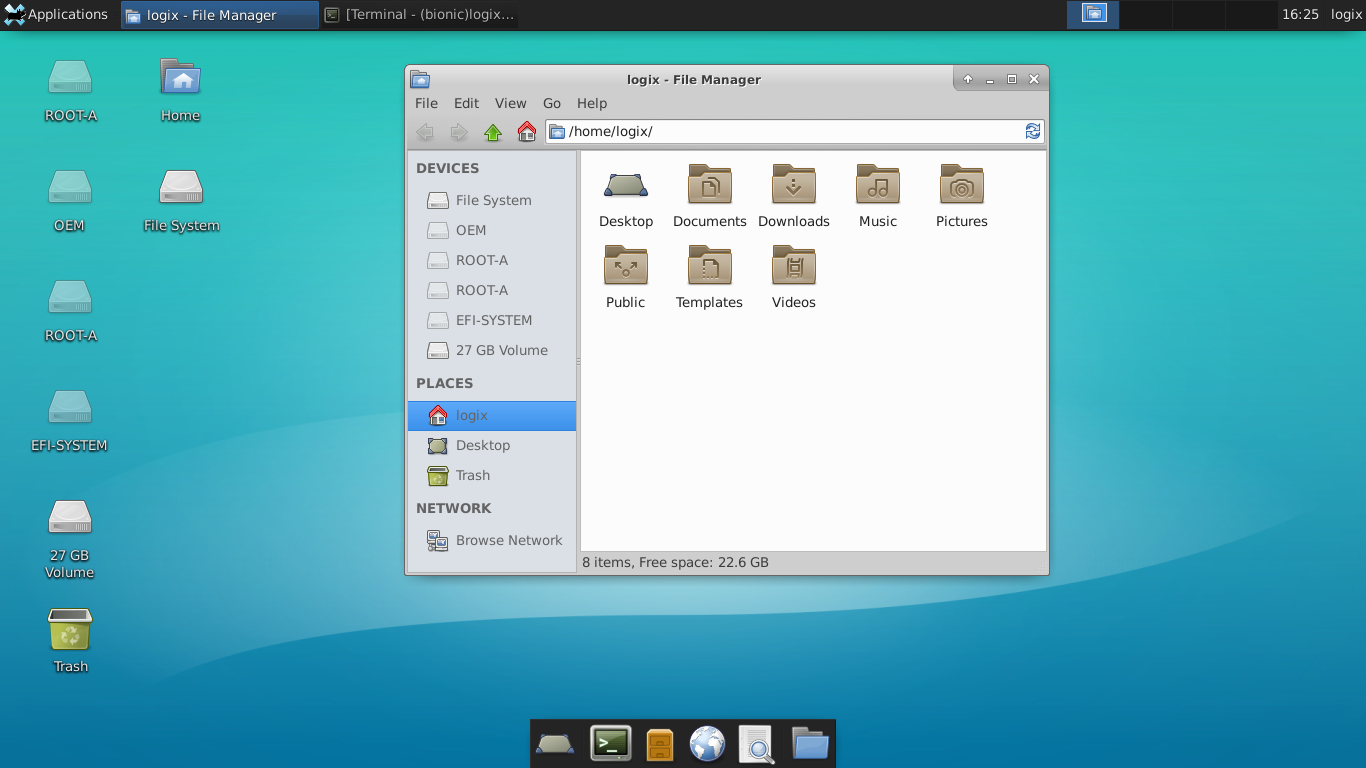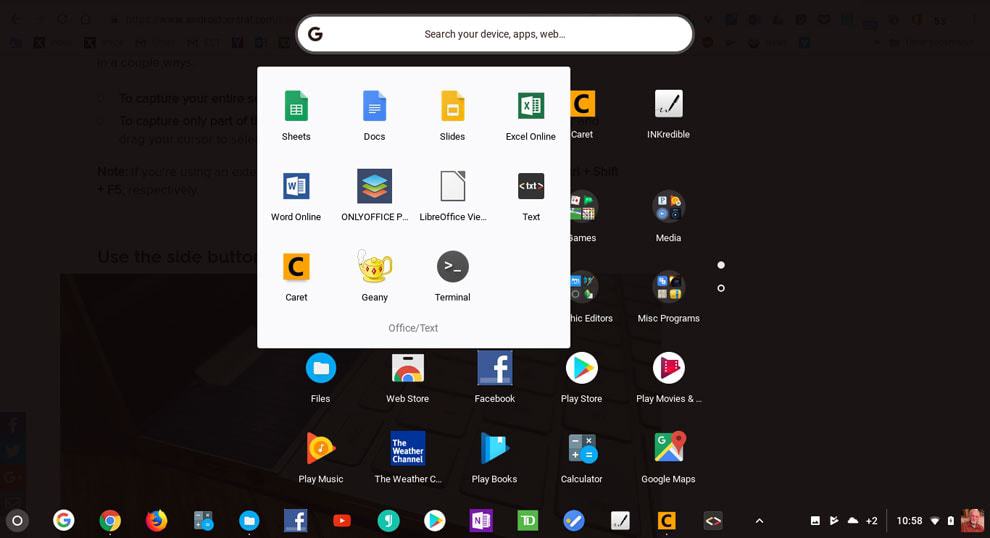
Enabling Linux also requires that you reserve space just for Linux, so whatever amount of storage your Chromebook has will be cut in half or a quarter (your choice). You'll have to sign back into your laptop and, if you have data stored on your account's Google Drive, then you'll have to let it resynchronize back onto your computer. The process is simple, but it does reset your computer back to its factory defaults. It's deceptive because you do have to backup your data before enabling Linux. If I've made enabling Linux sound deceptively simple, that's because it is both deceptive and simple.
Free online course: RHEL Technical Overview. There's a network manager to connect to the Internet, Bluetooth, volume control, a file manager, a desktop, and so on. Regardless of what you decide upon, a Chromebook runs Chrome OS and provides you with the basic functions you'd expect from a modern computer. The main difference usually focusing on battery power or processing power, respectively. Some are built for school children, while others are intended for a home or business user. Should you decide to purchase a Chromebook, you'll find models available from many different manufacturers, including HP, Asus, and Lenovo (among others). Chrome OS isn't a general-purpose operating system like Linux or Windows, but instead has more in common with Android or iOS. What are Chromebooks?Ĭhromebooks are laptops created especially for Chrome OS, which itself is designed for specific laptop models. If you know how, you can enable Linux on your Chromebook and turn a computer that was probably relatively cheap and basic into a serious laptop with access to hundreds of applications and all the power you need to make it an all-purpose computer. And yet underneath all that, there's Linux to be found. 

The interface most users experience is a desktop that can run Chrome browser apps and the Chrome browser itself.

Linux is used as a backend technology for an environment based on the open source Chromium OS, which Google then transforms into Chrome OS. Google Chromebooks run on Linux, but normally the Linux they run isn't particularly accessible to the user.







 0 kommentar(er)
0 kommentar(er)
